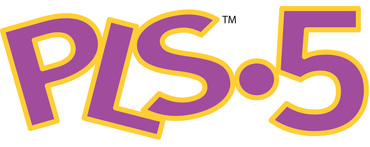The Preschool Language Scale - Fifth Edition (PLS-5 UK) offers you a comprehensive developmental language assessment, with items that range from pre-verbal, interaction-based skills to emerging language and early literacy. 
Preschool Language Scale - Fifth Edition
PLS-5 UK
The Preschool Language Scale - Fifth Edition (PLS-5 UK) offers you a comprehensive developmental language assessment, with items that range from pre-verbal, interaction-based skills to emerging language and early literacy.Choose from our formats
Kits
Starter & complete kits, print & digital
2 options
Test forms & reports
Booklets, record forms, answer sheets, report usages & subscriptions
2 options
Support materials
Manuals, stimulus books, replacement items & other materials
3 options
All products
All tests and materials offered for PLS-5 UK
7 options